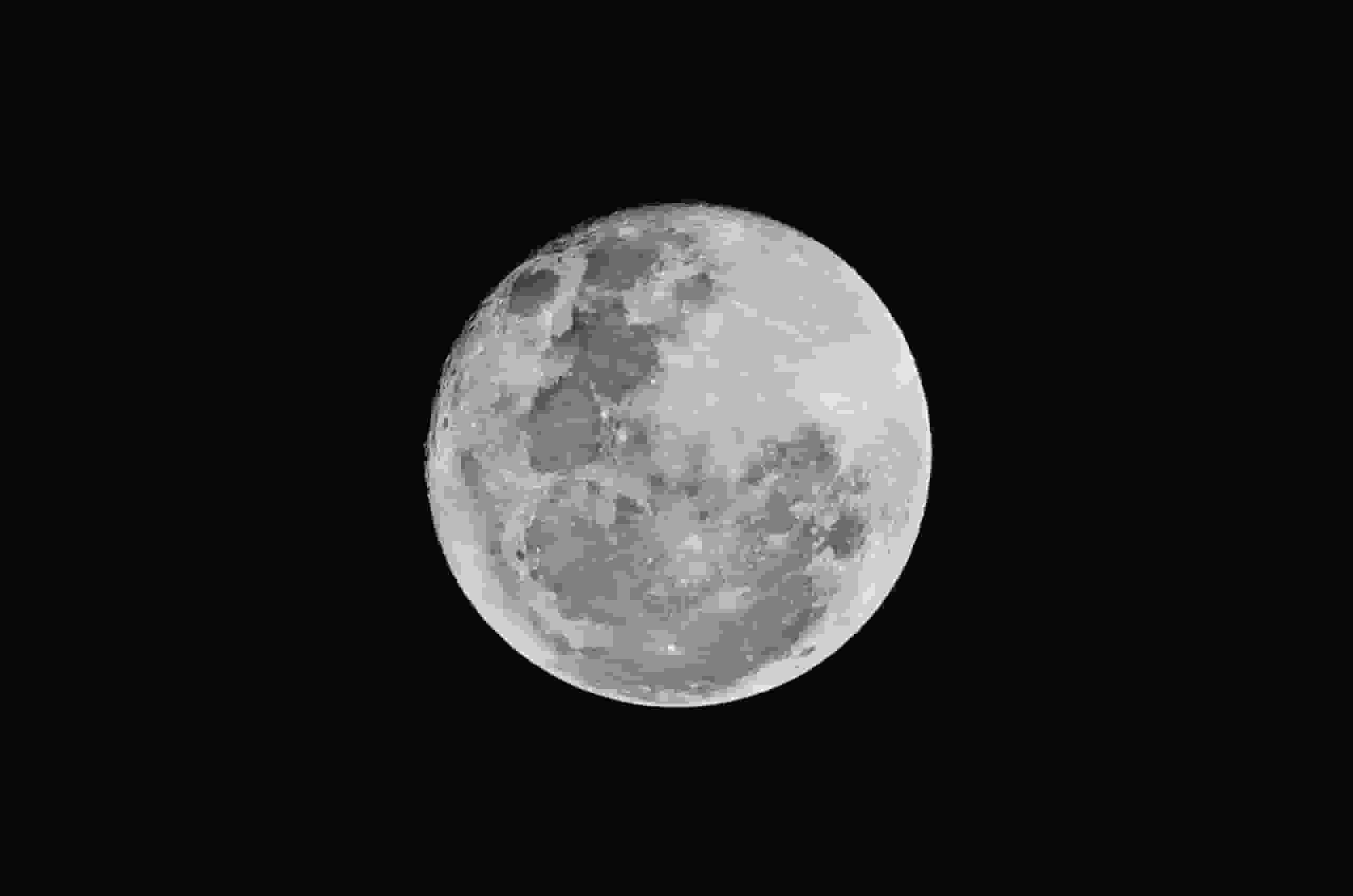
In a new interview, NASA Administrator Bill Nelson reveals that he and other members of the scientific agency are growing increasingly anxious about the nation’s intentions if it reaches the moon.
China could aim to dominate the market in resource-rich places on the moon’s surface and prevent access to the moon for the United States and other countries, according to Nelson.
NASA Is Concerned on China’s Moon Exploration
One official following the space race’ remarked, There is potential for China to cause trouble on the moon. Less than one month has passed since three Chinese astronauts returned after a six-month mission in which they helped construct and launch a new space station.
Nelson stated that he and others are apprehensive that the Communist nation may attempt to claim territory upon their arrival on the moon. The NASA administrator nominated by US President Joe Biden in 2021 stated, It is undeniable: we are in a space race.
It is true that we must be careful that they do not reach the moon under the pretense of conducting scientific studies. And it is not inconceivable that they might say, Keep out, we’re here, this is our turf, Nelson concluded.
The NASA administrator expressed concern that China will adopt a similar approach to claiming territory and water in the South China Sea.
Read more: Social Security benefit 2023: How to qualify for maximum payment?
China Expands Space Program

China has laid claim to the disputed Spratly Islands and utilized them to house weapons and other buildings possibly large enough to house ballistic missile launchers.
China’s expanding space program constructed a new space station earlier this year with success. NASA is concurrently constructing the Artemis series of lunar missions.
Artemis I was launched in November on a 26-day mission to photograph the lunar surface, and Artemis II and III are steps towards establishing a more permanent presence on the moon.
NASA has also concentrated on Mars, sending many robotic rovers to the planet to collect information on its soil, atmosphere, and potential landing zones for a human mission.
Read more: FTX bankruptcy: US investigators look into $372 million hacking theft

